Tylwyth Teg of Cwm Llan
In this valley below the south eastern side of Yr Wyddfa (Mount Snowdon), it is said that the Tylwyth Teg (Fairy Folk) live. It is said that one day, a shepherd heard a wailing sound, and he moved a rock where the sound was coming from. When he did this he rescued a Tylwyth Teg who has trapped there. Later, he encountered two old men who thanked him, and gave him a staff.

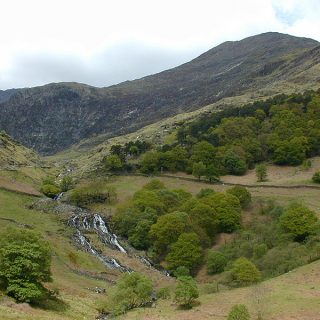
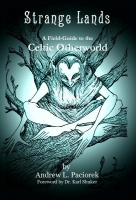
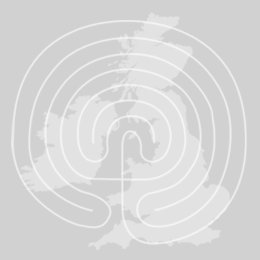

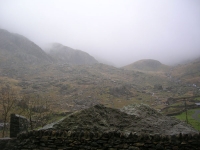
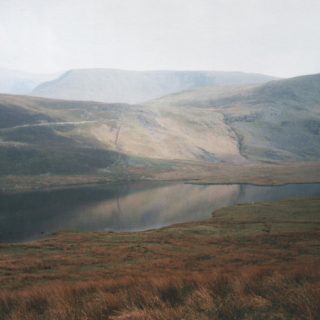

Recent Comments